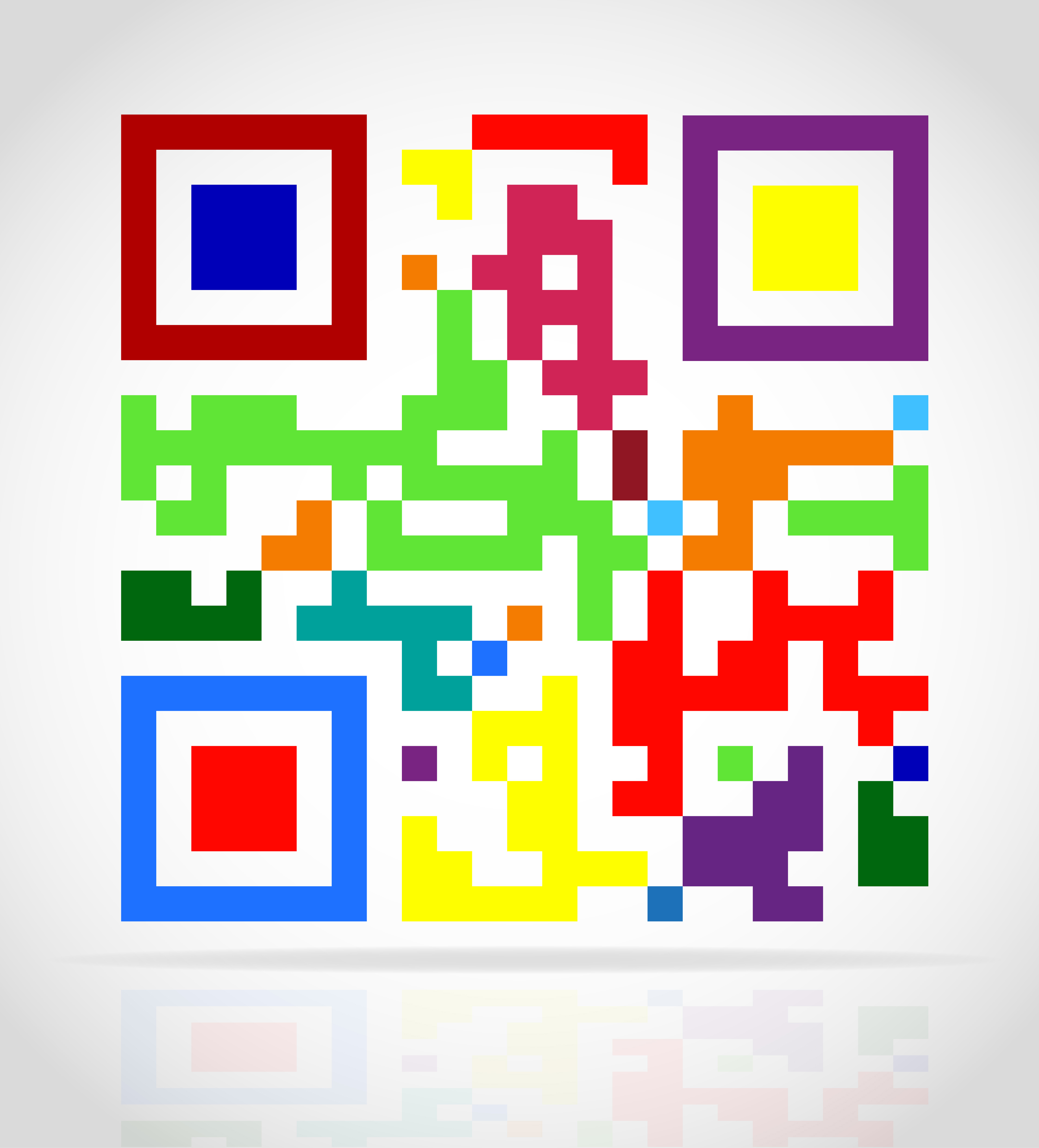

Very light Pantone colors might also work, as long as the contrast with the bar code is high enough. Avoid using cyan or magenta but a 100% yellow background should work fine. If the background needs to be in color, make sure that it is a solid color, not a screened tint. You cannot go wrong by treating the QR code as line art, using black on white. The bar code should have a dark color on a light background. For a billboard viewable from 10 meters, the height of the code should be at least 1 meter.įor good reader accuracy, good contrast between the background and the bar color itself is very important. That ratio is around 1/10, so if the reader is 50 centimeters removed from the code, the size of the QR code should be at least 5 centimeters. The general consensus is that there is a direct relationship between the physical dimensions of a QR code and its scanning distance. Things change when using QR codes on a poster or billboard. The above rule applies to perfectly printed codes that the user has direct access to. The latest camera models, which have improved macro capabilities, can however already deal with QR codes that are less than 10 mm (0.4″) wide and high. Changing the size to a width and height of 26 × 26 mm or roughly 1 square inch still covers 90% of the phones on the market. This guarantees that all camera phones on the market can properly read the bar code. According to a Kaywa white paper, it is recommended to use a minimum size of 32 × 32 mm or 1.25 × 1.25 inches, excluding a quiet zone, for QR codes that contain a URL. The minimum dimensions of a QR code depend upon the resolving power of the cameras that are used to scan the code. This quiet area is ideally 4 modules wide. Like with other types of bar codes, it is recommended to have an empty area around the graphic, which makes it easier for devices to read the bar code. The smallest square dot or pixel element of a QR code is called a module. As you can see quite a large area of the bar code is used for defining the data format and version as well as for positioning, alignment and timing purposes. Below you see the above QR code with the URL data stripped away. Only a part of each QR bar code contains actual data, including error correction information. These can be numeric, alphanumeric or binary data – of which up to 2953 bytes can be stored. Compared to ‘regular’ barcodes, this allows for much larger amounts of raw data to be embedded. QR codes contain information in both the horizontal and vertical axis.

The standard for encoding URLs was established by NTT DoCoMo, the Japanese telecom company.
#Qr barcode iso#
The physical encoding of QR codes is nowadays in the hands of various standards bodies, including JIS and ISO (e.g.
#Qr barcode license#
It is an open standard for which no license fee has to be paid. The Japanese corporation Denso-Wave created the QR matrix code in 1994. In the printing industry, there is finishing equipment that uses such 2d bar codes. Originally this technology was created for tracking parts in manufacturing processes. You can see examples of the creative use of quick response codes on this page. The above list only summarizes the main applications. There are still more ways in which QR codes can be used.
#Qr barcode android#
Scan the code and your Android device automatically configures itself to use the wireless access at the hotel. A QR code can contain WIFI configuration data.

#Qr barcode how to#
Scan the code on a poster advertising for a restaurant and its location becomes available to your navigation software, informing you how to get to that place.


 0 kommentar(er)
0 kommentar(er)
